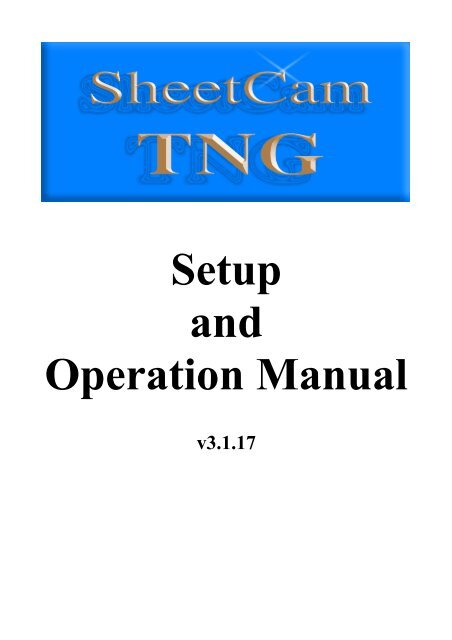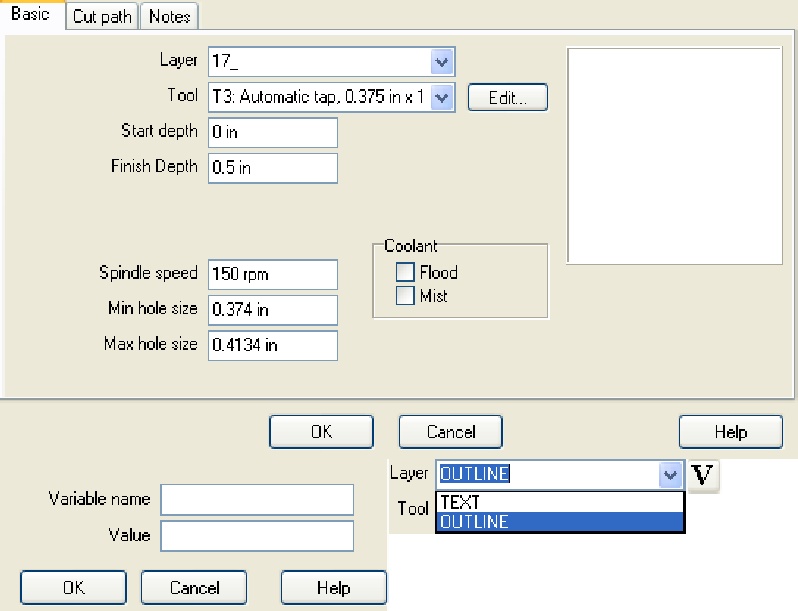

Since this web page is devoted to saying how can phones go around corners, I'll add the other way to accomplish it I found on the Internet months later (Ha! I beat them to it!). One of the best parts is that it doesn't really matter how sharp of an angle you make with the string (although trying to keep it from being too sharp is probably a good idea). Really, you could probably just tie a knot to one part of the string with a different piece of string and then tie the other end to something (but it seems to me that I tried something similar and it didn't work quite as well). The string doesn't have to be twisted too many times (you could get away with once or twice), but I like to be extra sure it will work. After a bunch of testing at the expense of the near-strangulation of passers-by, I noticed that the sound diminishes hardly more than a can phone strung in one direction. (To clarify, I added the picture on the right.) If you think about it, it makes sense: the vibrating string doesn't touch something that doesn't vibrate at any point (the chair doesn't vibrate but the twist does). The answer everyone has been waiting for is finally here! The way I discovered to make can phones go around corners involves creating a loop in the string, twisting it a few times, and anchoring it to some other object.

Apparently, the resting period between my abandonment of the problem and my rediscovery of how amazing can phones are rejuvenated my thought process and allowed me to finally put the timeless question to rest. However, one day in 2012, my can phone expertise was called upon to create an amazing exhibit for a class activity to be later displayed. Overcome by the hopelessness of the situation, I gave up and turned to more fruitful pursuits. I thought and thought and thought but to no avail. Forced to use my own brain-power, I went to work on solving the conundrum. As it turns out, no one knows, or at least no one who had posted anything on the Internet. Seeking the answer to this burning question, I scoured the Internet trying to find some way to overcome this hurtle. Part of the appeal of can phones is hearing people when it would otherwise be impossible, but when an indoor setting is chosen, it's hard to get far enough away from the person you're trying to talk with in order for it to be worth it (if you restrict yourself from going around corners, that is).
#SHEETCAM LOOP SHARP CORNERS HOW TO#
One mystery has plagued can phone enthusiasts for centuries: how to get the can phones to go around corners.

(I hear that paper cups are supposed to be better than cans, though.) There is one problem, however, that I can solve. I would devote more space to telling you what sort of materials make a can phone work best, but I don't have access to tons of materials, and it's hard for me to tell anyway. There may still be some people who are under the impression that your voice can't go into a can, through a string, and out another can, but I assure you that it most certainly is possible. Note: If you want to get right to the point, I start talking about my solution in the third paragraph.Īs should be immediately apparent, can phones (or, as Wikipedia calls them, tin can telephones) are extremely awesome.


 0 kommentar(er)
0 kommentar(er)
